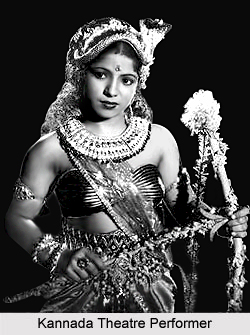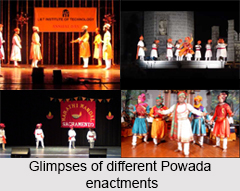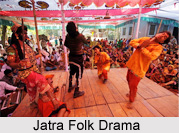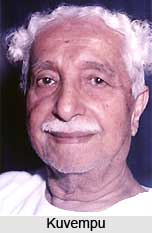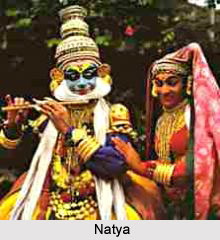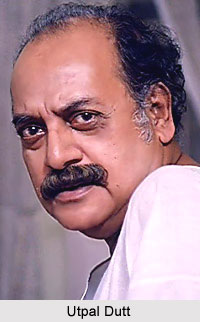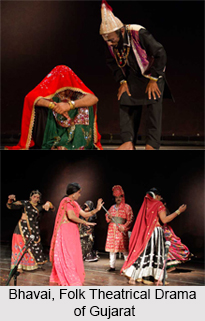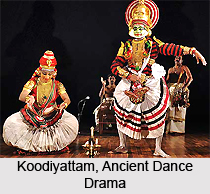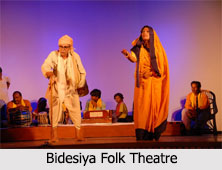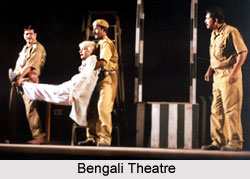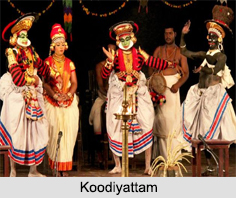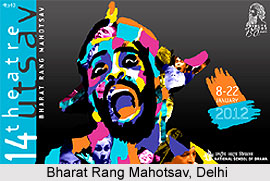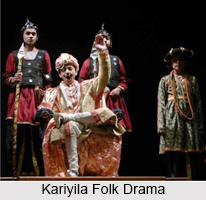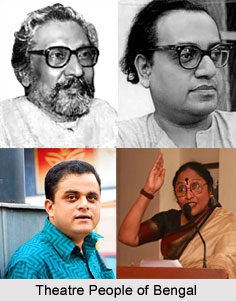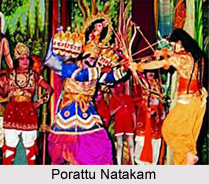 The literal meaning of Porattu Matakam is `frolicsome theatre`. This is a Malayalam folk theatre in Palakkad district. Porattu Natakam is somewhat similar to Kakkarissa Kali of southern Kerala. Unlike most traditional forms in Kerala, Porattu is secular in nature. The artists engaged in this profession belong to the Panan caste. This Panan caste is known for their excellence in singing. The plays are performed on a stage specially erected in an open field after harvest, with a front curtain separating the performers and audience. Sometimes it also performed in temples. In earlier times Petromax pressure lamps provided lighting.
The literal meaning of Porattu Matakam is `frolicsome theatre`. This is a Malayalam folk theatre in Palakkad district. Porattu Natakam is somewhat similar to Kakkarissa Kali of southern Kerala. Unlike most traditional forms in Kerala, Porattu is secular in nature. The artists engaged in this profession belong to the Panan caste. This Panan caste is known for their excellence in singing. The plays are performed on a stage specially erected in an open field after harvest, with a front curtain separating the performers and audience. Sometimes it also performed in temples. In earlier times Petromax pressure lamps provided lighting.
A preliminary session of music, called keli, in the evening announces the performance usually starting around 10 at night. An actor enters in the beginning and performs benediction by singing in praise of God and the audience. He also apologizes in advance for all shortcomings in presentation. As in Kathakali, the two main musicians stay at the back. They ask questions at the characters, who reply. The plot unveils through these questions and answers.
There are many characters, all drawn from ordinary life. These can be named as Vannan and Vannatti i.e. washerman and washerwoman, Kuravan and Kuratti i.e. gypsies, Komali i.e. jester and Pukkari or flower girl. The stories are woven from their rustic experiences, incorporating many situations of fun, satire, and social criticism. The main musicians control the actors by questioning, singing, directing them to enter or exit, and editing the enacted scenarios. They use the mridangam or double-faced drum, kaimani or cymbals, srutibox or drone, and chaplamkatta i.e. two wooden pieces held by the fingers of the right hand to mark time.
This article is a stub. You can enrich by adding more information to it. Send your Write Up to content@indianetzone.com







